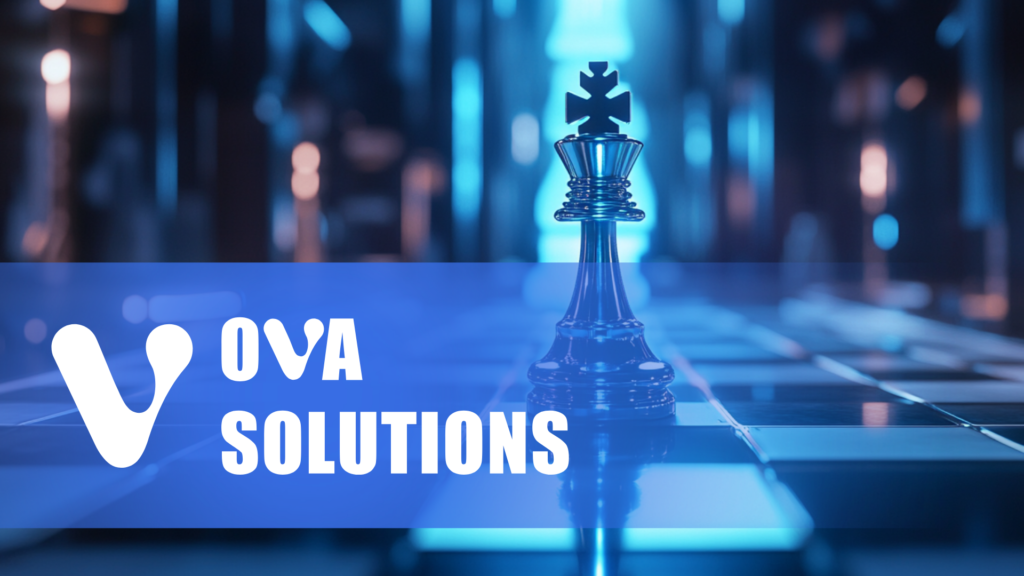The integration of Internet of Things (IoT) technology in healthcare devices has revolutionized patient care, remote monitoring, and medical data management. This comprehensive analysis explores the current landscape, challenges, and future opportunities of IoT in healthcare devices.
Table of Contents
The Current State of IoT in Healthcare Devices
IoT in healthcare device have become instrumental in modern medical care, with the global IoT healthcare market projected to reach $260.75 billion by 2027. These devices range from wearable fitness trackers to sophisticated hospital monitoring systems, enabling real-time patient monitoring and data-driven healthcare decisions.
Key Applications
The implementation of IoT in healthcare devices spans multiple critical areas:
Remote Patient Monitoring (RPM) systems allow healthcare providers to track vital signs, medication adherence, and chronic conditions from a distance. Smart sensors and wearable devices continuously collect patient data, enabling early intervention and reducing hospital readmissions.
Connected medical devices, including smart insulin pumps, cardiac monitors, and blood glucose meters, provide automated readings and immediate healthcare provider notifications. This real-time monitoring has proven particularly valuable for managing chronic conditions like diabetes and heart disease.
Hospital asset tracking systems utilize IoT sensors to monitor medical equipment location, usage, and maintenance needs. This optimization reduces equipment loss and ensures critical devices are available when needed.
Technical Challenges and Solutions
Security and Privacy Concerns
Healthcare IoT devices face significant security challenges due to the sensitive nature of medical data. HIPAA compliance requirements necessitate robust encryption, secure data transmission protocols, and regular security audits. Manufacturers must implement end-to-end encryption and regular firmware updates to protect against vulnerabilities.
Data Management and Integration
The volume of data generated by healthcare IoT devices presents substantial management challenges. Healthcare facilities must invest in scalable cloud infrastructure and sophisticated analytics platforms to process and analyze this information effectively. Standards like HL7 FHIR are emerging to facilitate interoperability between different healthcare systems and devices.
Device Reliability and Power Management
Medical IoT devices require exceptional reliability and power efficiency. Manufacturers are developing new low-power communication protocols and improved battery technologies to extend device longevity while maintaining consistent performance.
Opportunities and Future Directions
AI Integration
The combination of IoT technology in healthcare device and artificial intelligence presents significant opportunities for predictive healthcare. Machine learning algorithms can analyze device data to predict patient deterioration, optimize treatment plans, and identify potential health risks before they become severe.
Personalized Medicine
IoT devices enable the collection of detailed patient data, supporting the development of personalized treatment plans. This data-driven approach allows healthcare providers to tailor interventions based on individual patient responses and characteristics.
Preventive Care
The continuous monitoring capabilities of healthcare IoT devices support a shift toward preventive care. Early detection of health issues through regular monitoring can reduce healthcare costs and improve patient outcomes.
Implementation Best Practices
Healthcare organizations implementing IoT devices should:
- Develop comprehensive security protocols that address device vulnerabilities and data protection requirements.
- Establish clear data governance policies that define data collection, storage, and sharing procedures.
- Invest in staff training to ensure proper device usage and data interpretation.
- Create contingency plans for device failures or connectivity issues.
Economic Impact and ROI
The implementation of IoT in healthcare devices has demonstrated significant return on investment through:
- Reduced hospital readmission rates
- Decreased length of hospital stays
- Improved resource allocation
- Enhanced patient satisfaction and outcomes
- Lower operational costs through automation

Looking Ahead
The future of IoT in healthcare devices points toward increased integration with emerging technologies like 5G networks, edge computing, and advanced AI systems. These developments will enable more sophisticated remote monitoring capabilities, improved data analysis, and enhanced patient care outcomes.
For healthcare organizations considering IoT device implementation, the key to success lies in careful planning, robust security measures, and a clear understanding of both the challenges and opportunities these technologies present.
Conclusion
IoT in healthcare devices represents a transformative force in modern medicine. While challenges exist, particularly in security and data management, the benefits of improved patient care, operational efficiency, and healthcare outcomes make IoT integration an essential consideration for IoT in healthcare devices providers. As technology continues to advance, the opportunities for innovation and improvement in healthcare IoT devices will only expand.


